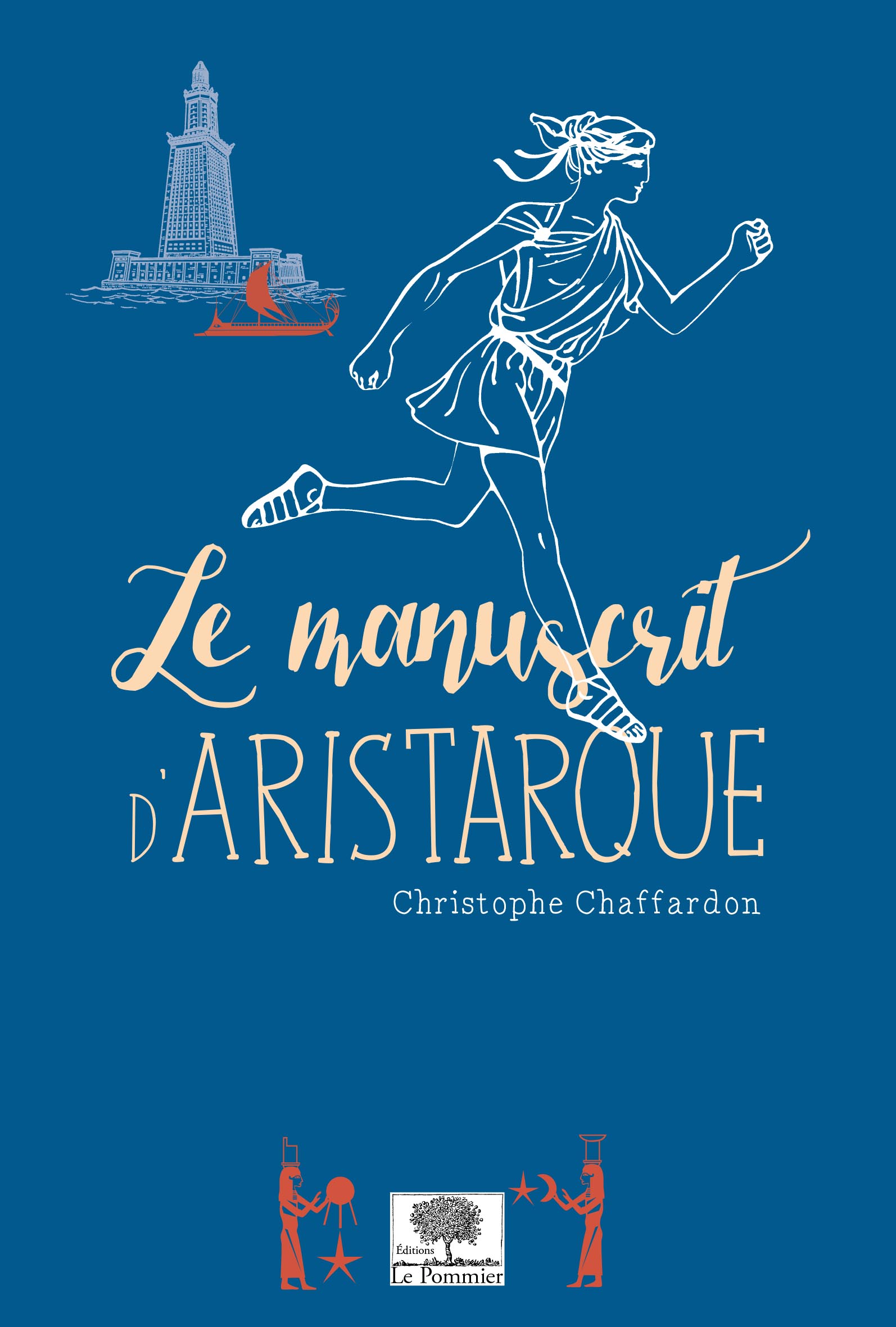Title of the work
Country of the First Edition
Country/countries of popularity
Original Language
First Edition Date
First Edition Details
Christophe Chaffardon, Le manuscrit d'Aristarque. Collection Romans & plus junior. Paris: Le Pommier, 2016, 207 pp.
ISBN
Genre
Action and adventure fiction
Historical fiction
Instructional and educational works
Target Audience
Children (target reader: 9–12)
Cover

Courtesy of the publisher Le Pommier.
Author of the Entry:
Elżbieta Olechowska, University of Warsaw, elzbieta.olechowska@gmail.com
Peer-reviewer of the Entry:
Susan Deacy, University of Roehampton, s.deacy@roehampton.ac.uk

Courtesy of Christophe Chaffardon.
Christophe Chaffardon
, b. 1973
(Author)
Holding an engineering degree from INSA in Toulouse, Christoph Chaffardon was simultaneously interested in literature and science. After finishing his studies, he found an ideally suitable place of work in the interdisciplinary Cité des Sciences et de l'Industrie de la Villette [City of Science and Industry in la Villette] in Paris. Later he came back to Toulouse where he assumed responsibility of educational activities and scientific mediation at the Cité de l'espace [City of Space]. He wrote two pedagogical books for teachers and several documentaries for youths on space and astronomy – e. g. an album Le chasseur dans le ciel published in 2006 by the Parisian Le Pommier. His first novel for young adults is entitled Balthazar et le secret de l'agent Muller [Balthazar and the Secret of Agent Muller] (2012). The following year, he published La dernière mission d'Edouard K [Edward K’s Last Mission], (Le Pommier), in 2015. Au cœur de l'espace [At the Heart of Space], (Gallimard jeunesse, Series "le monde animé." Le manuscrit d’Aristarque (2016) is his only novel to-date inspired by classical antiquity.
Bio prepared by Elżbieta Olechowska, University of Warsaw, elzbieta.olechowska@gmail.com
Summary
The action takes place in the 3rd century B.C. Athens and later Alexandria in Ptolemaic Egypt. A physician practicing advanced and not yet sanctioned medicine is forced to flee Athens with his daughter Ophelia as stowaways on a small ship going to Alexandria. He dies suddenly, having been poisoned when the ship reaches its destination. Before he dies he manages to tell his daughter to look for a certain Aristarchus, who turns out to have been a revolutionary astronomer who believed that the Earth turns around the Sun. She discovers that she is his granddaughter. Assisted by Leukos, a young sailor from the ship that brought her from Athens, Ophelia looks for a manuscript containing her grandfather’s astronomical treatise. She meets a number of historical figures of scholars (including Archimedes and Eratosthenes) and is pursued by mysterious enemies who seem to be against the advanced views of her grandfather. On her way, she visits the shores of the Nile, and finally, after many adventures, returns to Alexandria entrusting the precious manuscript to the great Library.
Analysis
The novel is situated in the 3rd century B.C. Greece and Egypt. It describes the attitude to science prevalent at that time and treats topics suitable for drawing comparisons with today. An interesting, absorbing, and adventurous plot with a dose of suspense makes the book attractive to both younger and older children. The main character, a young girl called Ophelia, proves to be courageous and resourceful in the face of serious adversity and personal tragedy. She makes friends and collaborates with them in order to surmount obstacles. The family theme is combined with the theme of friendship and there are also romantic elements. She is an endearing character, very appealing to a young reader. In the course of the story, the reader learns some mythology and some ancient history and science: how Eratosthenes measured the circumference of the Earth, why Alexander the Great founded Alexandria, what was the purpose of the great Alexandrian Library. However, the didactic aspect becomes quickly rather pronounced which is to be expected in a book for young students learning ancient history but it somewhat detracts from the reading pleasure. The novel is followed by a useful separate dossier on historical figures and places of the ancient world.


